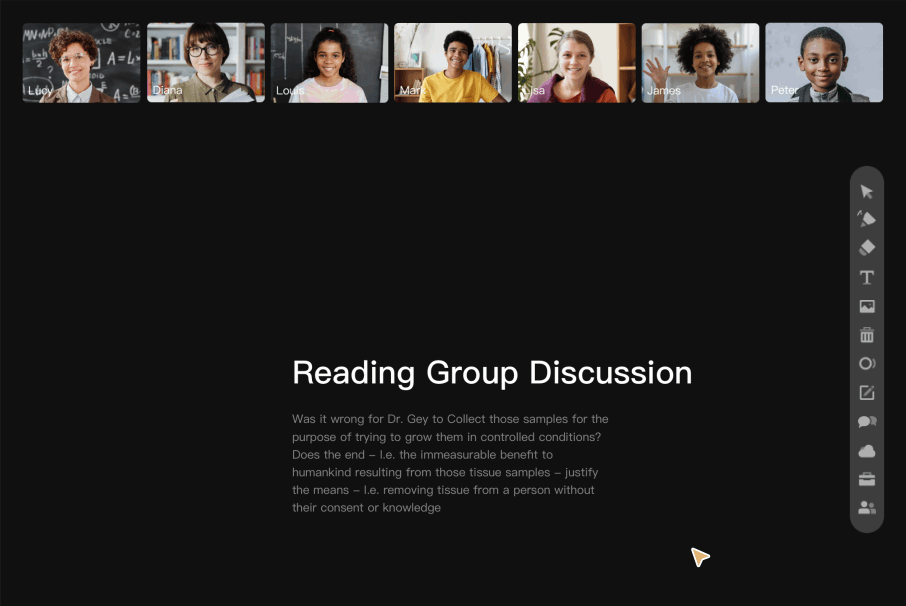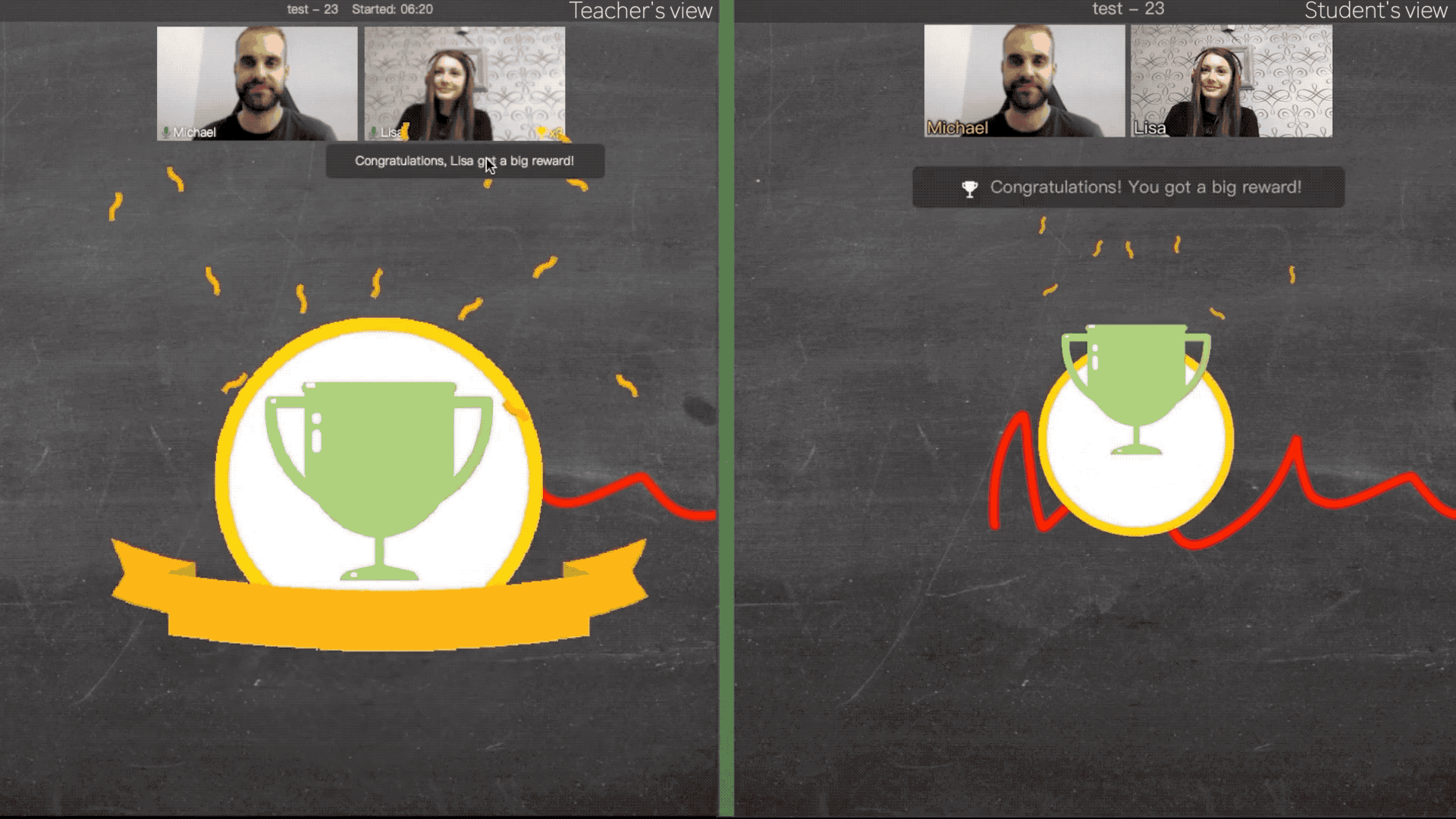
Textbooks are as universal as formal schooling and have been used for a long time. And revision of textbooks takes time. GBL, on the other hand, is very flexible. It is highly adaptable from the start and can be updated very quickly, making it a very effective learning tool.
The games can easily be modified based on the preferred instructional plans. Several games have student-monitoring tools attached to them. These tools are highly beneficial as they allow the instructors to monitor the student’s performance and to make the desired changes timely.
There appears to be a widespread belief that online gaming is detrimental to the development of children. However, this is not the case. There are many benefits of game-based learning in helping children’s cognitive development. One of the most significant benefits associated with GBL is the development of active learning among children.
Games greatly increase the child’s brain capacity to memorize things. Games enhance their ability to think in a critical way, which boosts their capacity to retain information for a longer time.
This point is extremely important because, in the present times, our lives revolve around technological tools and gadgets. Online games allow children to understand the functions of the computer, how it works, and how to deal with it.
Several websites provide very entertaining and fun games for young learners. These games help them to control the mouse and keyboard. They allow them to learn the browsing, how usernames are created, how to set the passwords, etc.
The majority of games demand that children think quickly. Furthermore, they must use logic to think three steps ahead to solve problems and complete levels. This is phenomenal because it helps children develop their logic, accuracy, and ability to think on their feet and out of the box later in life.

Typically, video games begin with design, either with a great idea or by pursuing a creative solution to a complex problem. It is critical to test and refine your ideas to ensure they meet the requirements of an excellent educational game.
The design phase expands your initial design concept, similar to going from a rough outline to your first draft of a paper. Going from a pitch concept to a finished game is the game development equivalent.
In the production phase, all the work and communication have been done to make the game’s actual development run as smoothly as possible. Production is a time-consuming and expensive phase. It is relatively simple if everything goes according to plan.

Board games: Monopoly can be thought of as an educational game. It contains all the necessary elements, including a story, characters, points, competition, and many other features. There are numerous examples of Monopoly-like school games with modified rules for various subjects, such as History Monopoly or Math Monopoly.
Real-life games: Real-life games, as the name suggests, are based on reality-based scenarios. These games have proven to be highly motivating but also cause stress in some situations. Children are required to make body movements and use their brains. These games engage the learners in almost every aspect of their education.
GBL in hybrid space: Hybrid learning spaces are spaces that can be filled with a variety of resources. You can use digital resources in various ways, such as media games or any open media, as well as physical spaces as a creative space for those resources to be engaged with.
GBL is a great way to improve young learners’ creativity, critical thinking, and problem-solving skills. GBL is highly based on the notion of imagination. Instructors can give students the freedom to come up with solutions and ideas which boost their level of creativity.
Reward students by providing badges based on the quality of their performance. If a shy ESL student finally speaks up in ClassIn classroom, you can give him/her a trophy🏆.

Many students are hesitant to raise their hands and participate in online classes. Use slot machine to randomly choose who is the next player to guess the word.
You can easily manage the class and students by using the toolbars underneath the teacher and students’ cameras. Once you ‘authorize’ student👑, they will have access to a range of interactive tools.

Use ClassIn Blackboard Editor to create EDB files and make your online class engaging. EDB files combine the traditional chalkboard with the digital teaching tools. What makes EDB files stronger and easier is that EDB files can be edited at your convenience, and can be saved and reused whenever you need them. You can import images, type words and hand-write on a ClassIn board. When the class begins, you can import the prepared materials from the cloud to save time.
